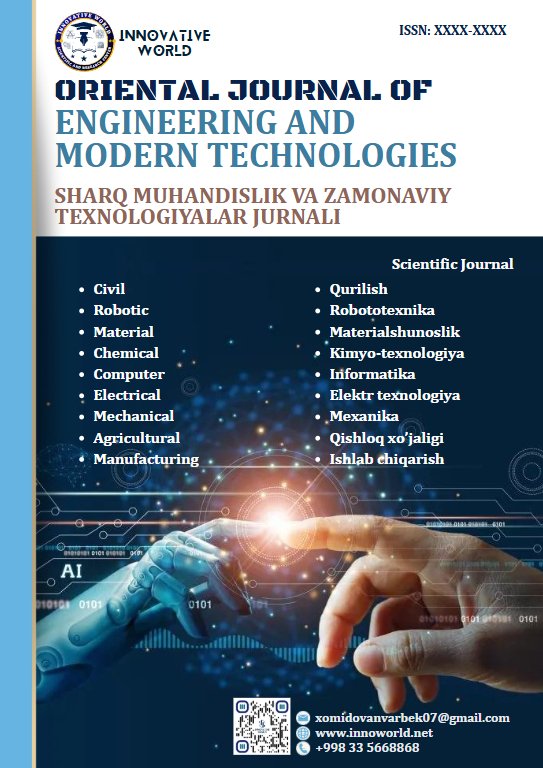LANGUAGE CHANGE IN DIGITAL COMMUNICATION: LINGUISTIC AND CULTURAL FEATURES OF YOUTH SPEECH UNDER THE INFLUENCE OF SOCIAL MEDIA
Keywords:
digital communication, youth speech, code-switching, neologisms, visual semiotics, social media, linguistic hybridity, globalization, cross-cultural exchange, sociolinguistics, online discourseAbstract
The article explores the impact of digital communication on language use, with a particular focus on youth speech in social media platforms. The study highlights linguistic features such as code-switching, neologisms, and the use of visual symbols (emojis, hashtags), as well as cultural aspects of digital interaction.
References
1. Crystal, D. (2006). Language and the Internet. Cambridge University Press.
2. Androutsopoulos, J. (2015). Networked multilingualism: Some language practices on Facebook and their implications. International Journal of Bilingualism, 19(2), 185–205.
3. Tagg, C. (2015). Exploring digital communication: Language in action. Routledge.
4. Danet, B., & Herring, S. (Eds.). (2007). The Multilingual Internet: Language, Culture, and Communication Online. Oxford University Press.
5. Barton, D., & Lee, C. (2013). Language online: Investigating digital texts and practices. Routledge.
6. Pavlenko, A. (2017). The bilingual mind and what it tells us about language and thought. Cambridge University Press.
7. Blommaert, J. (2010). The sociolinguistics of globalization. Cambridge University Press.
8. Herring, S. C., & Androutsopoulos, J. (2015). Computer-mediated discourse 2.0. In D. Tannen, H. E. Hamilton, & D. Schiffrin (Eds.), The Handbook of Discourse Analysis (pp. 127–151). Wiley.
9. Jenkins, H. (2006). Convergence culture: Where old and new media collide. NYU Press.
10. Thurlow, C., & Mroczek, K. (2011). Digital discourse: Language in the new media. Oxford University Press.
Raxmonova, G. S. (2022). O ‘QUVCHILARDA NOSTANDART TAFAKKUR TARZINI RIVOJLANTIRISHNING REFLEKSIV MEXANIZMLARI. Research And Education, 1(9), 542-549.
Rahmonova Gulchehra Salaydinovna (2022). PEDAGOGICAL-PSYCHOLOGICAL FEATURES OF THE DEVELOPMENT OF NON-STANDARD WAY OF THINKING IN STUDENTS. European science review, (3-4), 17-20.
Rahmonova, G. S. (2022). THEORETICAL AND METHODOLOGICAL FUNDAMENTALS OF DEVELOPING NON-STANDARD THINKING IN STUDENTS. Theoretical & Applied Science, (4), 565-572.
Raxmonova, G. (2020). ТАЛАБАЛАРДА МАЪНАВИЙ-АХЛОҚИЙ КОМПЕТЕНЦИЯЛАРНИ РИВОЖЛАНТИРИШ УСУЛЛАРИ. ЦЕНТР НАУЧНЫХ ПУБЛИКАЦИЙ (buxdu. uz), 4(4).
RAXMONOVA, G. MA’NAVIYAT-JAMIYAT RIVOJLANISHINING MUHIM OMILI. ЭКОНОМИКА, 159-161.


